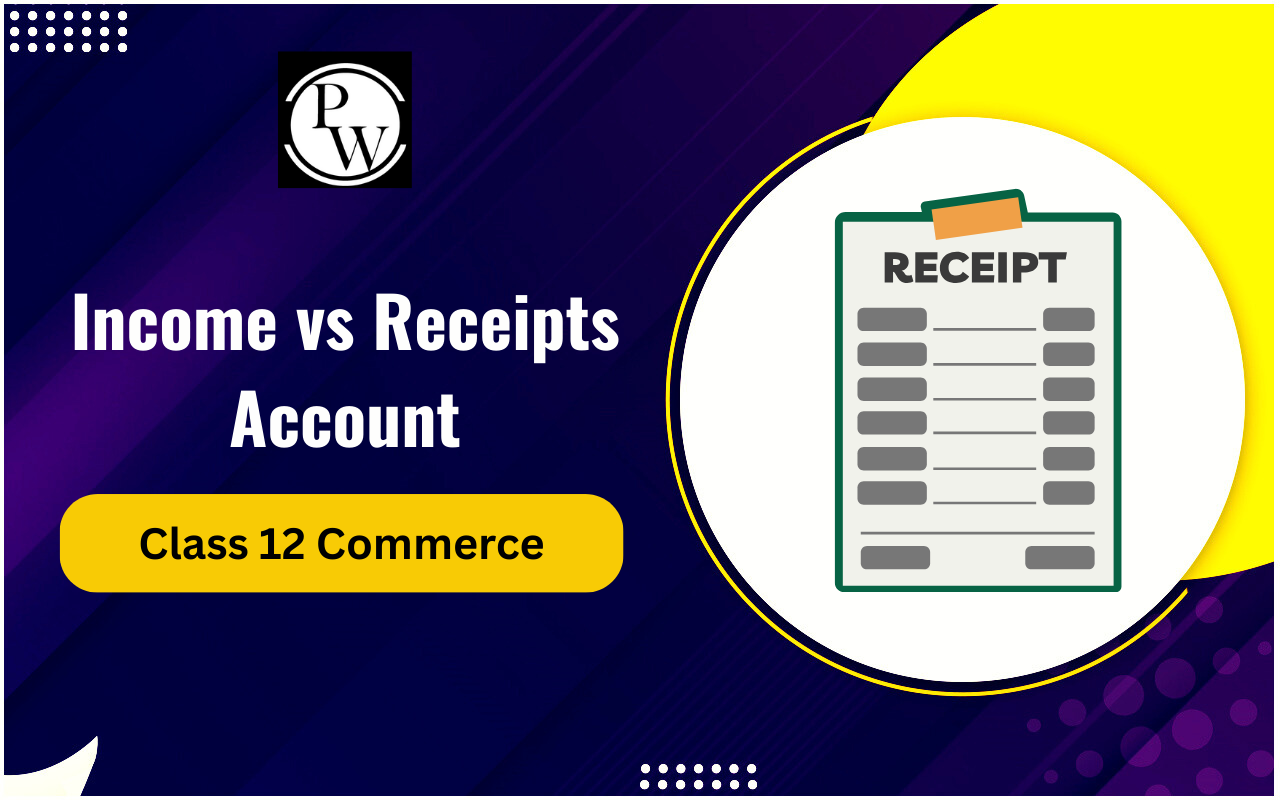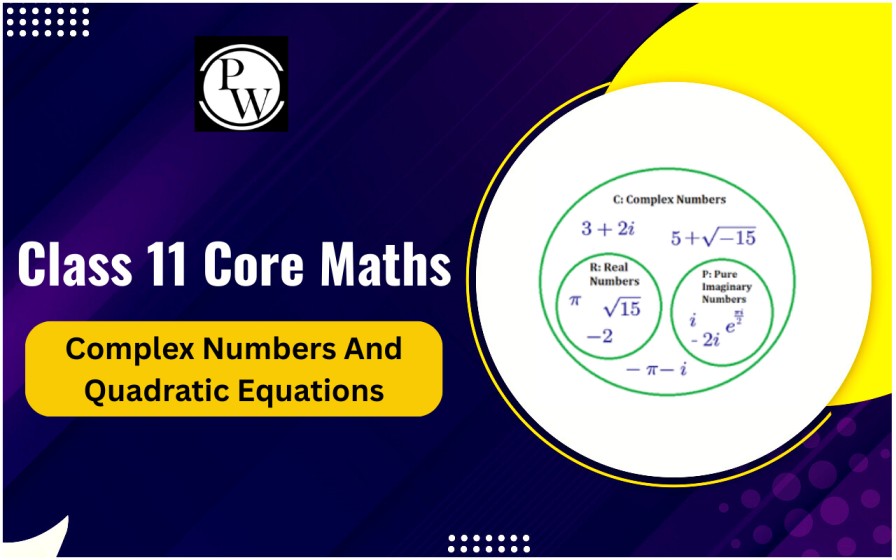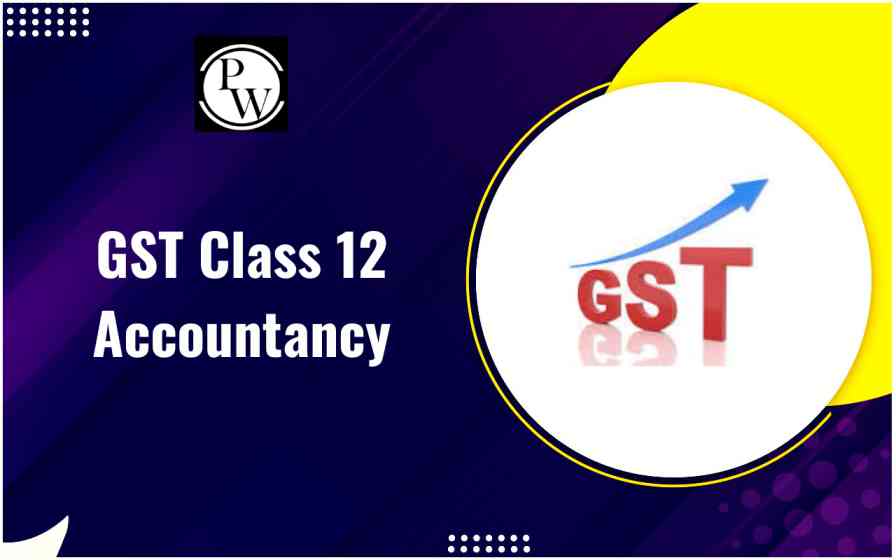

Sales Book and Sales Return Book are used by businesses to record different sales numbers during regular operations. Small businesses might make one hundred sales daily, while major enterprises might make between a thousand and ten thousand.
Some things from these transactions are returned due to problems like the wrong product, a damaged product, poor customer experience, etc. As a result, it becomes essential to document all sales-related activities to accurately estimate the number of sales and returns that occur each day or during a certain accounting period.What is a Sales Book?
The credit sales of the items are recorded in the sales book, a subsidiary or original entry book. Cash sales are noted in the cash books, but credit sales of any other asset than products are noted in the journal itself. The objects that a company sells as part of its primary sales function are referred to here as goods. The source document for the financial entry is the invoice that is given to the buyers of the products.What is a Sales Return Book?
Sales return book also known as Return Inwards Book is one of the eight auxiliary books in accounting. It is the original book of entry where transactions connected to the return of items sold are documented. Unless the returns are taking place often, the transactions can be documented.Types of Subsidiary Books
Subsidiary books are specialized accounting records that businesses maintain to systematically record specific types of transactions. These books contribute to organized and efficient financial management, enabling companies to monitor various aspects of their operations. There are several types of Subsidiary books, each serving a distinct purpose: Cash Book: The Cash Book records all cash-related transactions, including cash receipts and payments. It provides a detailed account of the company's cash flow and helps ensure accurate reconciliation with bank statements. Purchase Book: The Purchase Book is used to record all purchases of goods on credit. It documents details such as the supplier's name, the items purchased, quantity, rates, and terms of payment. Sales Book: The Sales Book is employed to document all credit sales. It records customer information, the items sold, quantities, prices, and any associated terms. Sales Return Book: This book records goods returned to suppliers due to various reasons, such as defects or discrepancies. It aids in maintaining a clear record of return transactions. Sales Return Book: Similar to the Purchase Return Book, the Sales Return Book documents goods returned by customers. It assists in tracking the reasons for returns and helps manage the process effectively. Bills Receivable Book: This book tracks bills of exchange received from customers. It records important details like the name of the drawer, due date, and amount. Bills Payable Book: The Bills Payable Book records bills of exchange issued by the company to its creditors. It ensures accurate tracking of payment obligations and their due dates. Journal Proper: The Journal Proper is used for transactions that don't fit into the other subsidiary books. It includes infrequent and non-routine entries, ensuring a comprehensive recording of financial events.Sales Book and Sales Return Book Format
Sales Book Format and Example
The Sales Book is a structured accounting record used to document credit sales transactions made by a business. The format of a Sales Book typically consists of several columns, each capturing specific details: Date: The date of the sales transaction. Customer's Name: The name of the customer making the purchase. Invoice Number: A unique identifier assigned to each sales transaction. Details of Goods Sold: Description of the items sold to the customer. Quantity: The quantity of items sold. Rate: The unit price or rate of each item. Total Amount: The total value of the goods sold (Quantity × Rate). Terms of Payment: The agreed-upon terms for payment (e.g., net 30 days).| Date | Customer's Name | Invoice Number | Details of Goods Sold | Quantity | Rate | Total Amount | Terms of Payment |
| YYYY-MM-DD | Customer A | INV-001 | Product X | 10 | ₹20 | ₹200 | Net 30 Days |
| YYYY-MM-DD | Customer B | INV-002 | Product Y | 5 | ₹30 | ₹150 | Net 30 Days |
| YYYY-MM-DD | Customer A | INV-003 | Product Z | 8 | ₹25 | ₹200 | Net 15 Days |
Sales Return Book Format and Example
The Sales Return Book is a specialized record used to document goods returned by customers. The format of a Sales Return Book typically includes the following columns: Date: The date when the return transaction occurred. Customer's Name: The name of the customer returning the goods. Return Invoice Number: A unique identifier for the return transaction. Details of Goods Returned: Description of the items being returned. Quantity: The quantity of items returned. Rate: The unit price or rate of each item returned. Total Return Amount: The total value of the returned goods (Quantity × Rate). Reason for Return: A brief explanation of why the customer returned the items.| Date | Customer's Name | Return Invoice Number | Details of Goods Returned | Quantity | Rate | Total Return Amount | Reason for Return |
| YYYY-MM-DD | Customer A | RET-001 | Product X | 2 | ₹20 | ₹40 | Defective |
| YYYY-MM-DD | Customer B | RET-002 | Product Y | 1 | ₹30 | ₹30 | Wrong Size |
| YYYY-MM-DD | Customer A | RET-003 | Product Z | 3 | ₹25 | ₹75 | Dissatisfaction |
Read Related Topics
Sales Book and Sales Return Book FAQs
Ques1:- Why is a Sales Book important? Ans:- A Sales Book is vital for tracking credit sales, managing customer accounts, and maintaining accurate revenue records, aiding businesses in financial analysis and decision-making. Ques2:- How is information entered in a Sales Book? Ans:- Information in a Sales Book is entered chronologically, including the date, customer's name, invoice number, item details, quantities, rates, total amounts, and payment terms. Ques3:- What is the purpose of a Sales Return Book? Ans:- The purpose of a Sales Return Book is to document goods returned by customers due to defects, dissatisfaction, or other reasons, assisting in monitoring return patterns and inventory management. Ques4:- How does a Sales Book help in revenue tracking? Ans:- A Sales Book records credit sales, allowing businesses to monitor their revenue streams, analyze sales trends, and evaluate the financial performance of products or services. Ques5:- Can a Sales Return Book aid customer service? Ans:- Yes, a Sales Return Book helps enhance customer service by documenting reasons for returns, identifying areas for improvement, and addressing customer concerns promptly.Why is a Sales Book important?
A Sales Book is vital for tracking credit sales, managing customer accounts, and maintaining accurate revenue records, aiding businesses in financial analysis and decision-making.
How is information entered in a Sales Book?
Information in a Sales Book is entered chronologically, including the date, customer's name, invoice number, item details, quantities, rates, total amounts, and payment terms.
What is the purpose of a Sales Return Book?
The purpose of a Sales Return Book is to document goods returned by customers due to defects, dissatisfaction, or other reasons, assisting in monitoring return patterns and inventory management.
How does a Sales Book help in revenue tracking?
A Sales Book records credit sales, allowing businesses to monitor their revenue streams, analyze sales trends, and evaluate the financial performance of products or services.
Can a Sales Return Book aid customer service?
Yes, a Sales Return Book helps enhance customer service by documenting reasons for returns, identifying areas for improvement, and addressing customer concerns promptly.
Talk to a counsellorHave doubts? Our support team will be happy to assist you!

Free Learning Resources
PW Books
Notes (Class 10-12)
PW Study Materials
Notes (Class 6-9)
Ncert Solutions
Govt Exams
Class 6th to 12th Online Courses
Govt Job Exams Courses
UPSC Coaching
Defence Exam Coaching
Gate Exam Coaching
Other Exams
Know about Physics Wallah
Physics Wallah is an Indian edtech platform that provides accessible & comprehensive learning experiences to students from Class 6th to postgraduate level. We also provide extensive NCERT solutions, sample paper, NEET, JEE Mains, BITSAT previous year papers & more such resources to students. Physics Wallah also caters to over 3.5 million registered students and over 78 lakh+ Youtube subscribers with 4.8 rating on its app.
We Stand Out because
We provide students with intensive courses with India’s qualified & experienced faculties & mentors. PW strives to make the learning experience comprehensive and accessible for students of all sections of society. We believe in empowering every single student who couldn't dream of a good career in engineering and medical field earlier.
Our Key Focus Areas
Physics Wallah's main focus is to make the learning experience as economical as possible for all students. With our affordable courses like Lakshya, Udaan and Arjuna and many others, we have been able to provide a platform for lakhs of aspirants. From providing Chemistry, Maths, Physics formula to giving e-books of eminent authors like RD Sharma, RS Aggarwal and Lakhmir Singh, PW focuses on every single student's need for preparation.
What Makes Us Different
Physics Wallah strives to develop a comprehensive pedagogical structure for students, where they get a state-of-the-art learning experience with study material and resources. Apart from catering students preparing for JEE Mains and NEET, PW also provides study material for each state board like Uttar Pradesh, Bihar, and others
Copyright © 2025 Physicswallah Limited All rights reserved.











